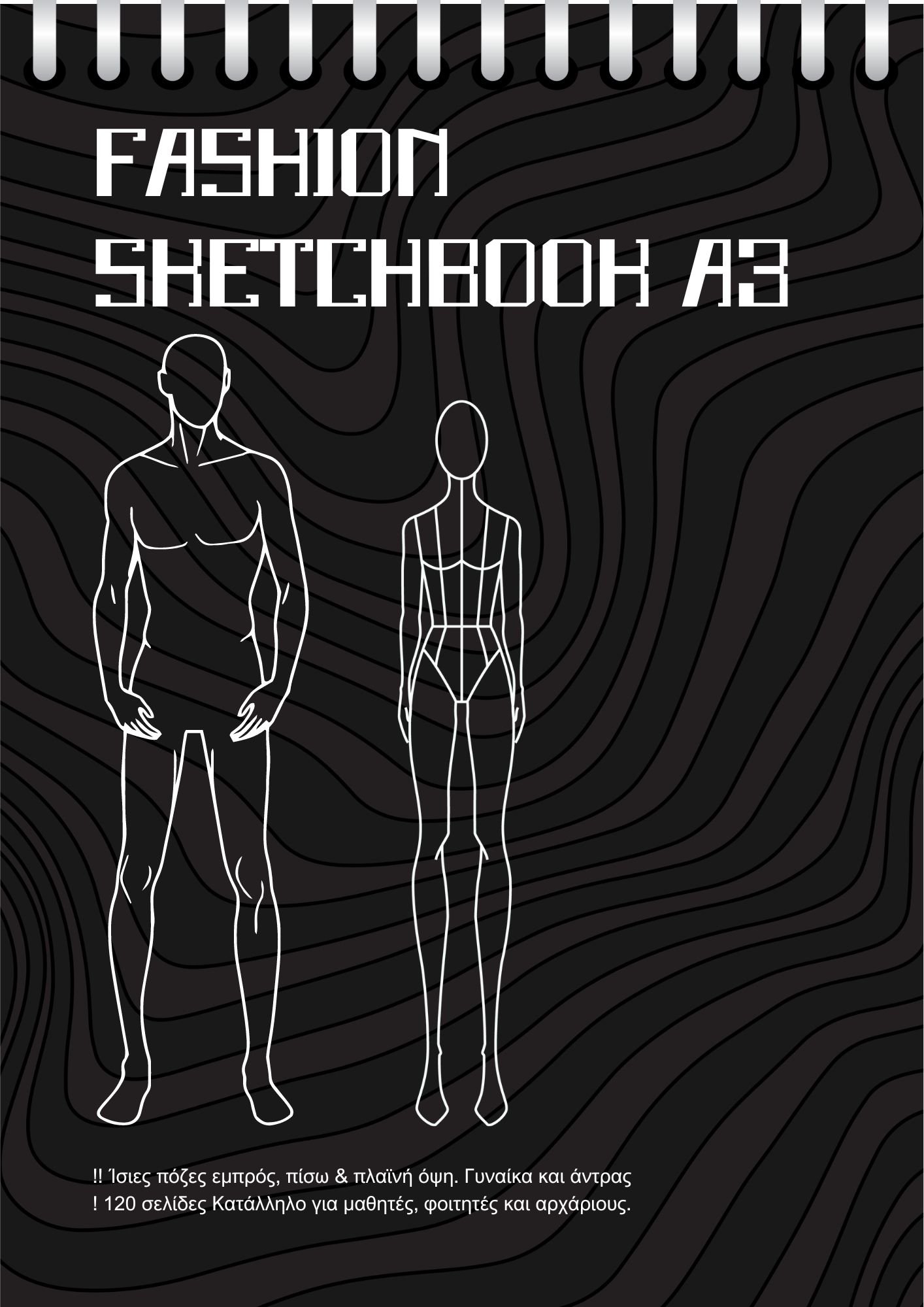Textiles are an integral part of our lives, and we encounter them in various forms every day. They are used to make clothes, bedding, upholstery and more. The type of fabric used for a particular purpose depends on several factors such as intended use, durability, texture and aesthetics. Here are some of the more common types of fabric:
Cotton
types of fabrics
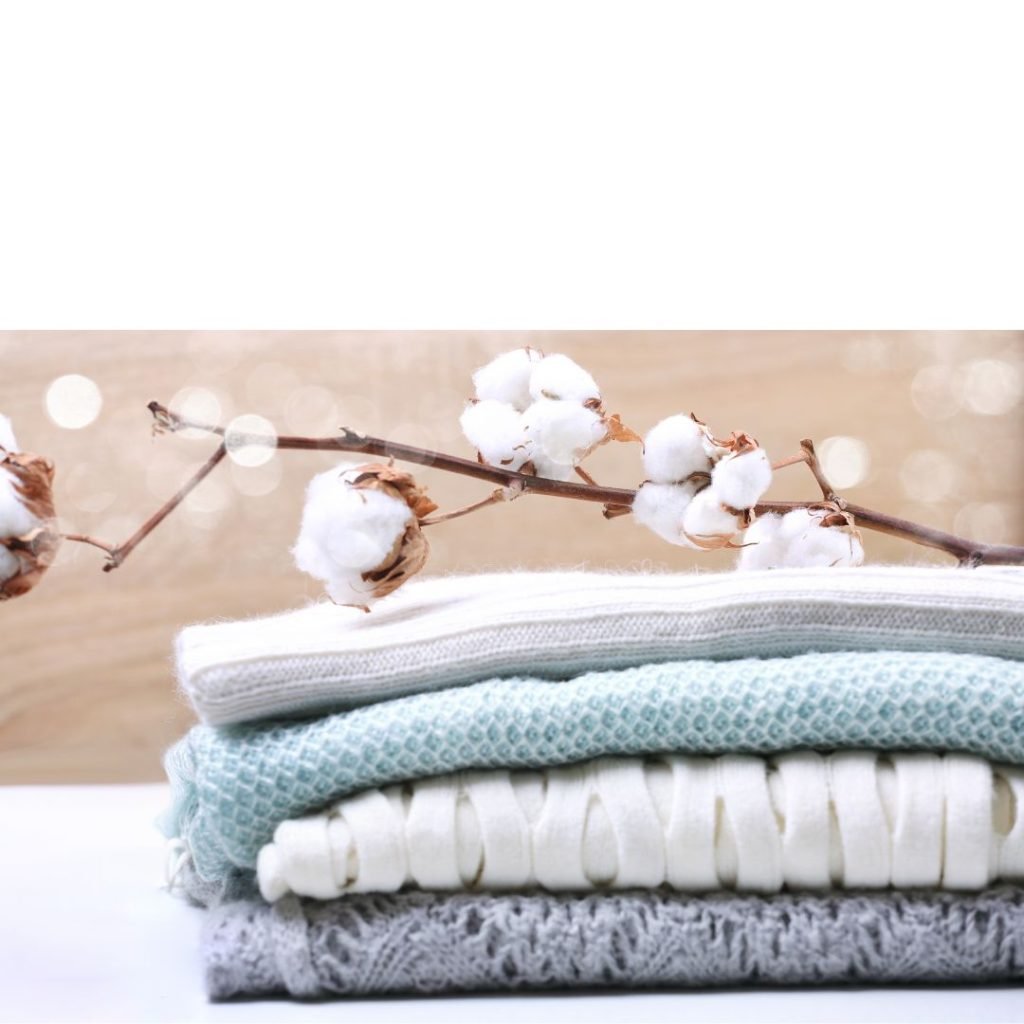

Cotton is a natural fabric that is made from the fibers of the cotton plant. It is one of the most popular and widely used fabrics in the world because it is soft, comfortable, breathable, and easy to care for.
Cotton fabric is available in a range of weights and textures, from lightweight and sheer to heavy and dense. It is also available in a variety of colors and patterns, and can be dyed easily.
Cotton fabric is used in a wide range of clothing items, including t-shirts, jeans, dresses, and underwear, as well as home textiles such as sheets, towels, and curtains. Because it is breathable and absorbent, cotton is particularly popular for use in warm weather and for athletic wear.
Cotton fabric can be machine washed and dried, and it is also easy to iron. It is a versatile fabric that can be used for a variety of purposes, and is often blended with other fabrics, such as polyester or spandex, to enhance its properties.
Polyester
types of fabrics
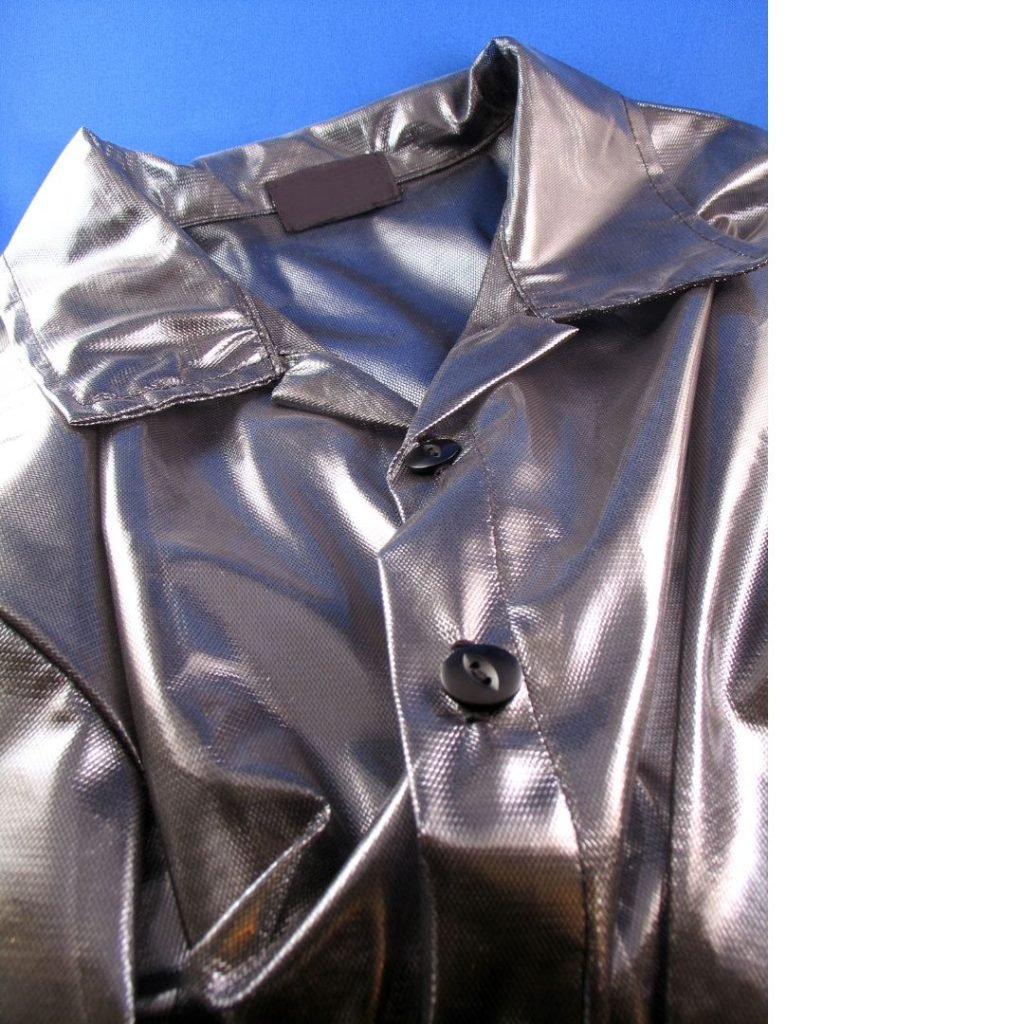

Polyester is a synthetic fabric made from polymer fibers that are derived from petroleum. It is a versatile fabric that is known for its durability, wrinkle-resistance, and quick-drying properties. Polyester fabric is also resistant to fading, stretching, and shrinking, making it a popular choice for clothing and home textiles.
Polyester fabric is available in a wide range of weights and textures, from lightweight and sheer to heavy and dense. It is also available in a variety of colors and patterns, and can be easily dyed.
Polyester fabric is commonly used in a variety of clothing items, including shirts, dresses, jackets, and athletic wear. It is also used in home textiles, such as curtains, upholstery, and bedding.
One of the benefits of polyester fabric is that it is easy to care for. It can be machine washed and dried, and it is also resistant to wrinkles and creases. Polyester fabric is also commonly blended with other fabrics, such as cotton or spandex, to enhance its properties.
One downside of polyester is that it can trap heat and moisture against the skin, making it less breathable than natural fibers like cotton or linen. However, modern polyester blends are often designed to be moisture-wicking and breathable, making them suitable for a wide range of activities and climates.
Silk
types of fabrics


Silk is a natural fabric that is made from the fibers of the silkworm cocoon. It is one of the most luxurious and sought-after fabrics in the world, known for its soft, smooth texture, lustrous sheen, and beautiful drape.
Silk fabric is lightweight, breathable, and comfortable to wear. It is available in a range of weights and textures, from sheer and delicate to heavier and more structured. It is also available in a wide range of colors and patterns, and can be easily dyed.
Silk fabric is commonly used in high-end fashion, including evening gowns, formal wear, and luxury lingerie. It is also used in home textiles, such as curtains, bedding, and decorative pillows.
One of the benefits of silk fabric is that it is naturally hypoallergenic, making it a good choice for people with sensitive skin. It is also durable and long-lasting, with proper care.
Silk fabric requires special care, as it is delicate and can be damaged by harsh detergents and high heat. It is typically dry cleaned or hand washed using gentle detergent and cold water. It should be air-dried and ironed on a low setting, if necessary.
Overall, silk fabric is a beautiful and luxurious choice for clothing and home textiles, prized for its softness, sheen, and draping qualities.
Wool
types of fabrics

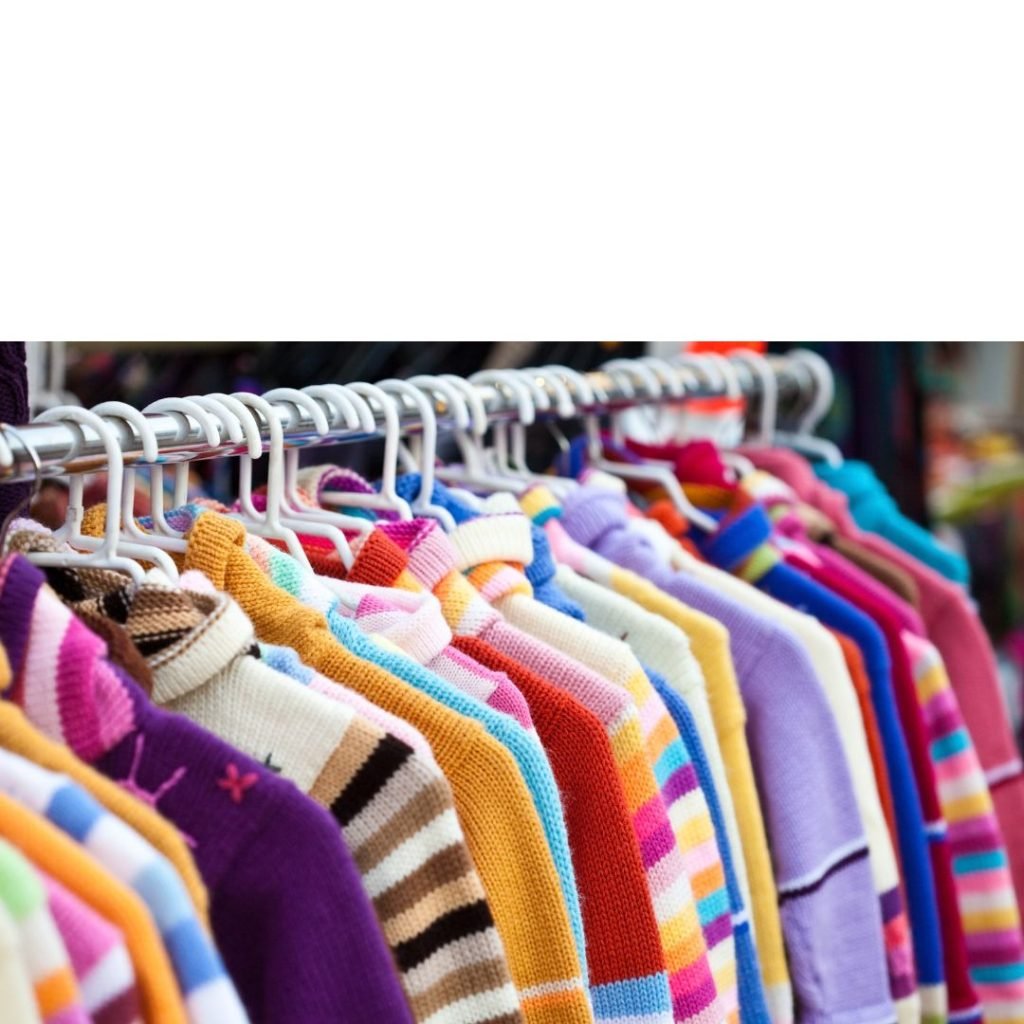
Wool is a natural fabric made from the fleece of sheep or lambs. It is a warm, insulating fabric that is popular for cold weather clothing.
Wool fabric is available in a range of weights and textures, from fine and lightweight to thick and heavy. It is also available in a variety of colors and patterns, and can be easily dyed.
Wool fabric is commonly used in a variety of clothing items, including sweaters, jackets, coats, and suits. It is also used in home textiles such as blankets and rugs.
One of the benefits of wool fabric is that it is naturally insulating, meaning it helps to retain body heat and keep you warm. Wool fabric is also naturally breathable, meaning it can help regulate body temperature and wick away moisture. Additionally, wool fabric is naturally fire-resistant, making it a popular choice for blankets and other home textiles.
Wool fabric can be machine washed or dry cleaned, depending on the type and weight of the fabric. It is also naturally stain-resistant and odor-resistant, making it easy to care for and long-lasting.
Overall, wool fabric is a versatile and durable fabric that is ideal for cold weather clothing and home textiles. It is prized for its warmth, insulating properties, and natural beauty.
Linen
types of fabrics
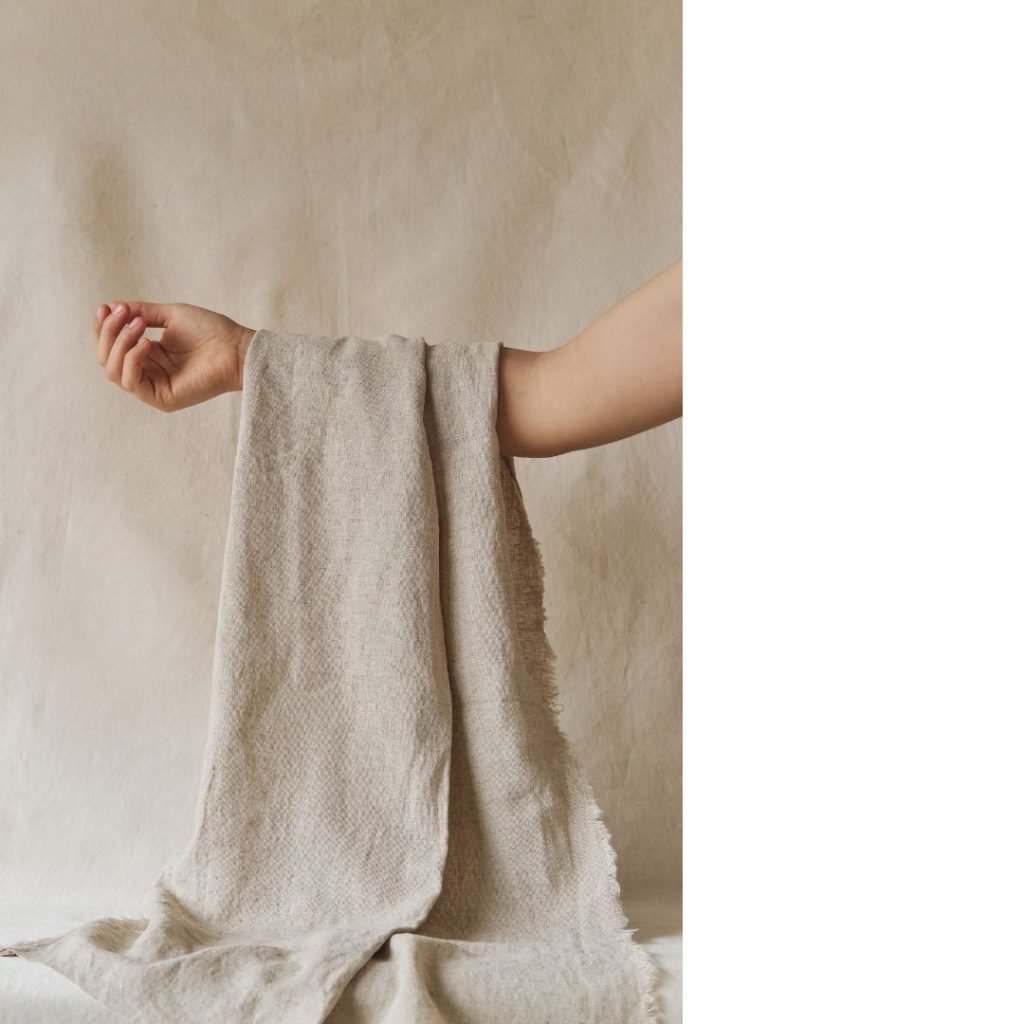

Linen is a natural fabric made from the fibers of the flax plant. It is a lightweight and breathable fabric that is ideal for warm weather clothing.
Linen fabric is available in a range of weights and textures, from fine and delicate to heavy and coarse. It is also available in a variety of colors and patterns, and can be easily dyed.
Linen fabric is commonly used in a variety of clothing items, including shirts, dresses, pants, and skirts. It is also used in home textiles such as tablecloths, napkins, and towels.
One of the benefits of linen fabric is that it is naturally absorbent, meaning it can wick away moisture and help regulate body temperature. Linen fabric is also naturally antibacterial and hypoallergenic, making it a good choice for people with sensitive skin.
Linen fabric requires special care, as it can be prone to wrinkling and shrinkage. It should be hand washed or machine washed on a gentle cycle and air-dried or tumble-dried on a low setting. Linen fabric can also be ironed on a high heat setting to remove wrinkles.
Overall, linen fabric is a versatile and durable fabric that is ideal for warm weather clothing and home textiles. It is prized for its lightweight, breathable, and absorbent properties, as well as its natural beauty and texture.
Rayon
types of fabrics
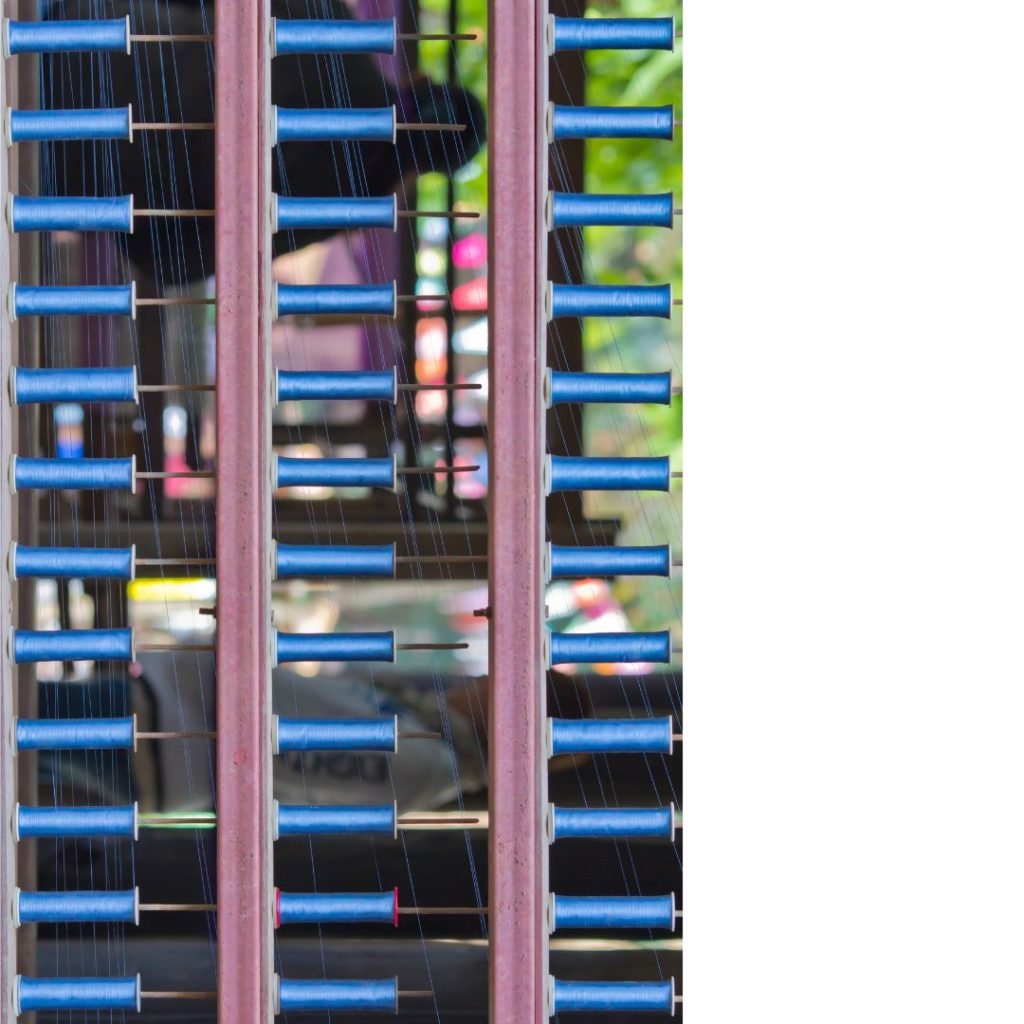
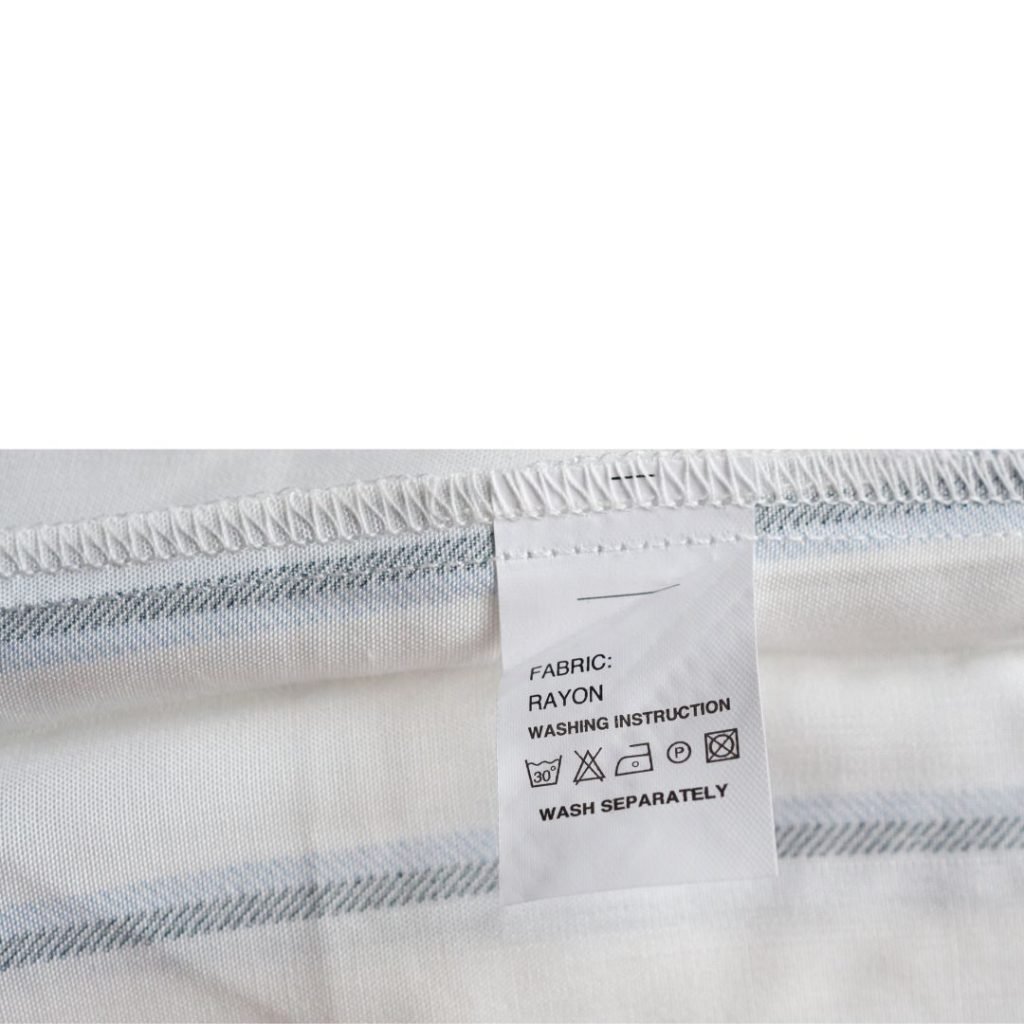
Rayon is a semi-synthetic fabric made from cellulose fibers that are derived from wood pulp or other plant materials. It is a versatile and affordable fabric that is often used as a substitute for silk, cotton, and linen.
Rayon fabric is available in a range of weights and textures, from lightweight and sheer to heavy and opaque. It is also available in a variety of colors and patterns, and can be easily dyed.
Rayon fabric is commonly used in a variety of clothing items, including dresses, blouses, skirts, and pants. It is also used in home textiles such as curtains, upholstery, and bedding.
One of the benefits of rayon fabric is that it is soft and comfortable to wear, with a drape and texture similar to silk. It is also lightweight and breathable, making it a good choice for warm weather clothing.
Additionally, rayon fabric is often blended with other fibers, such as cotton or polyester, to enhance its properties.
Rayon fabric requires special care, as it can be prone to shrinking and stretching. It should be hand washed or machine washed on a gentle cycle and air-dried or tumble-dried on a low setting. Rayon fabric can also be ironed on a low heat setting to remove wrinkles.
Overall, rayon fabric is a versatile and affordable fabric that is suitable for a wide range of clothing and home textile applications. It is prized for its softness, drape, and breathability, as well as its ability to mimic the look and feel of more expensive natural fibers like silk and cotton.
Naylon
types of fabrics
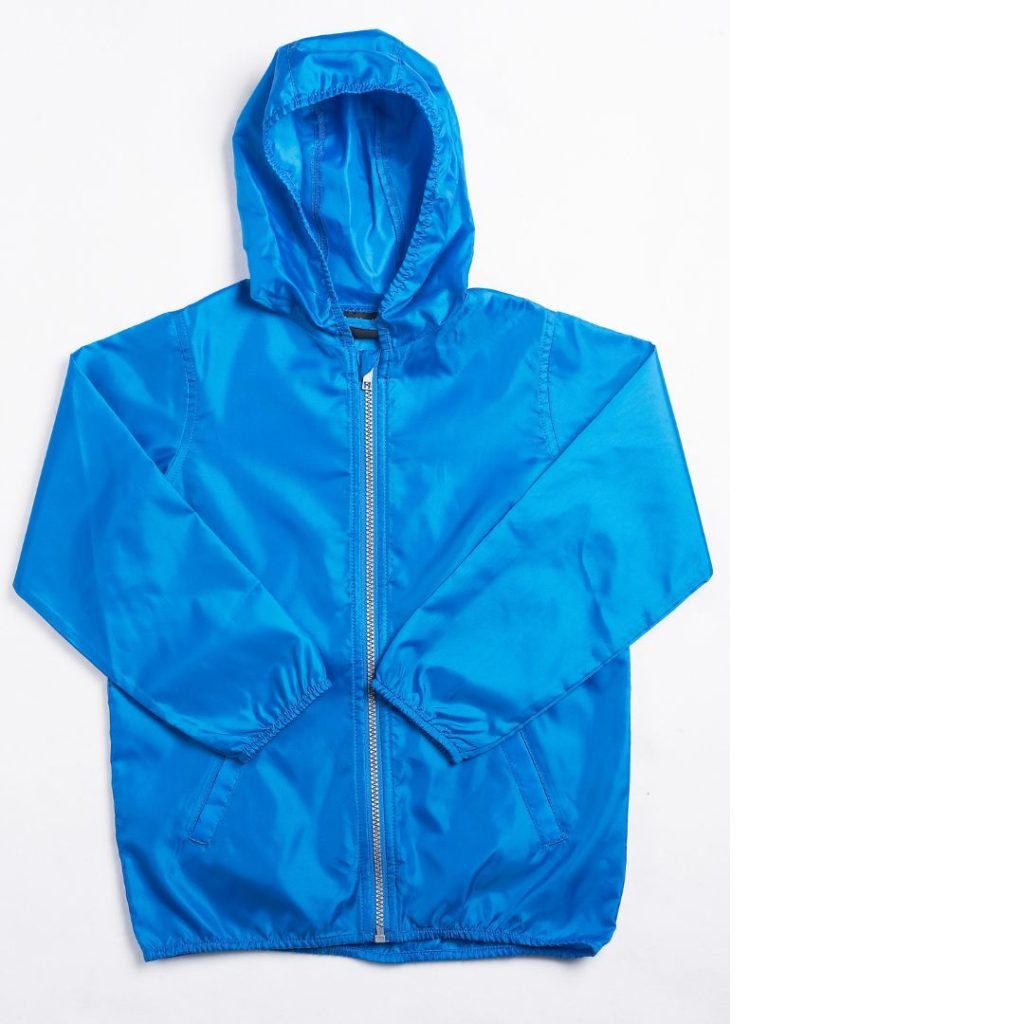
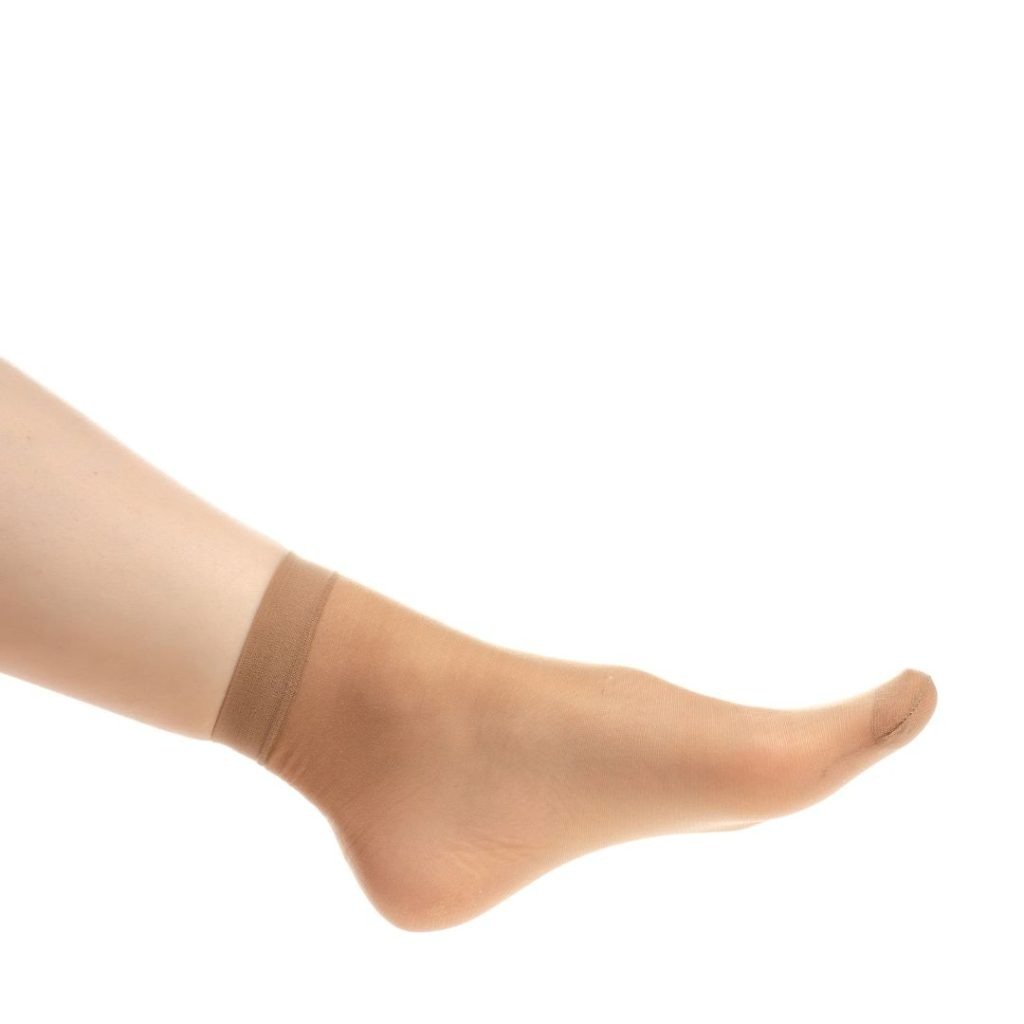
Nylon is a synthetic fabric made from petroleum-derived fibers. It is a durable and versatile fabric that is often used for a wide range of applications, from clothing to industrial products.
Nylon fabric is available in a range of weights and textures, from lightweight and sheer to heavy and rugged. It is also available in a variety of colors and patterns, and can be easily dyed.
Nylon fabric is commonly used in a variety of clothing items, including jackets, pants, and athletic wear. It is also used in a wide range of industrial and consumer products, such as luggage, backpacks, and more.
One of the benefits of nylon fabric is that it is strong and durable, with good abrasion resistance and tear strength. It is also lightweight and water-resistant, making it a good choice for outdoor and sports apparel. Additionally, nylon fabric is easy to care for and can be machine washed and dried.
Nylon fabric can also be treated with various coatings and finishes to enhance its properties, such as adding UV protection or flame resistance.
Denim
types of fabrics


Denim is a sturdy cotton fabric that is commonly used for making jeans, jackets, skirts, and other types of clothing. It is a durable and versatile fabric that is known for its distinctive blue color and twill weave.
Denim fabric is typically woven in a twill weave pattern, which creates diagonal lines or ridges on the surface of the fabric. It is available in a range of weights and finishes, from lightweight and soft to heavy and stiff.
Denim fabric is commonly used for making jeans, which are a staple of casual and workwear fashion. Additionally, denim fabric is often used for making accessories such as bags and hats.
One of the benefits of denim fabric is that it is strong and durable, with good abrasion resistance and tear strength. It also has a high level of colorfastness, meaning it does not fade easily. Additionally, denim fabric can be treated with various finishes and washes to achieve different textures and looks, such as stone-washed, distressed, or raw denim.
Denim fabric requires special care, as it can shrink and fade over time. It should be washed in cold water and air-dried or tumble-dried on a low setting. Denim fabric can also be ironed on a high heat setting to remove wrinkles.
Velvet
types of fabrics
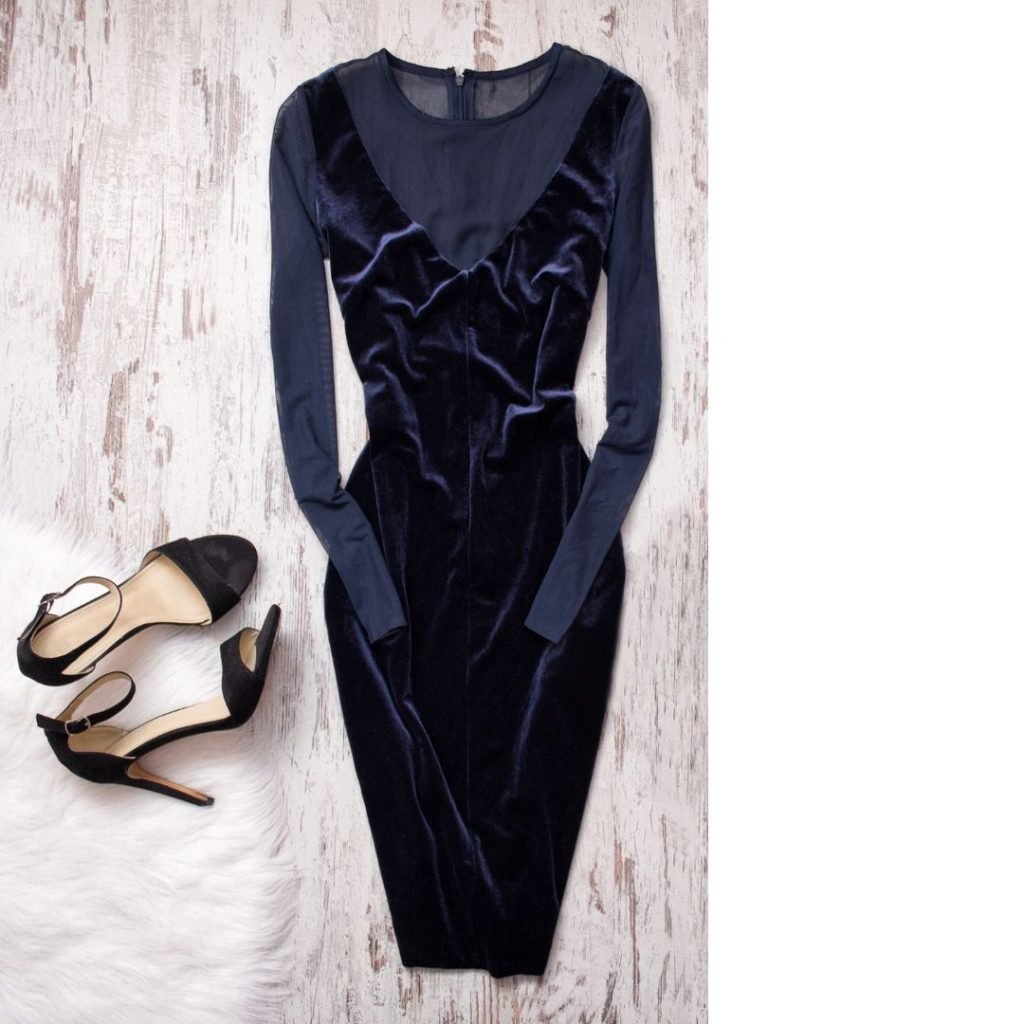

Velvet is a luxurious and soft fabric with a dense pile that gives it a plush texture. It is made from a variety of fibers, including silk, cotton, and synthetic materials, and is commonly used for clothing and home decor.
Velvet fabric is characterized by its dense pile, which is created by weaving two layers of fabric together and then cutting the top layer to create a raised pile. It is available in a range of colors and textures, from rich jewel tones to shimmering metallics.
Velvet fabric is commonly used for clothing items such as dresses, skirts, and jackets. It is also used for accessories such as scarves and handbags. In home decor, velvet is often used for upholstery, curtains, and bedding.
One of the benefits of velvet fabric is that it is soft and comfortable to wear or touch. It also has a rich and elegant look that is well-suited for formal occasions. Additionally, velvet fabric is highly versatile and can be used for both casual and formal applications.
Velvet fabric requires special care, as it can be easily damaged by water and rough handling. It should be dry cleaned or spot cleaned with a gentle detergent and water. Velvet fabric can also be ironed on a low heat setting, but should be done with a pressing cloth to prevent damage to the pile.
Fleece
types of fabrics


Fleece is a synthetic fabric that is made from polyester fibers. It is a soft and warm fabric that is commonly used for outdoor clothing, blankets, and other cold-weather accessories.
Fleece fabric is characterized by its soft and fuzzy texture, which is created by brushing the fabric to create a raised pile. It is available in a range of colors and patterns, and can be easily dyed or printed.
Fleece fabric is commonly used for outdoor clothing such as jackets, vests, and pants, as well as accessories such as hats, scarves, and gloves. It is also used for blankets and bedding, as it is warm and comfortable to sleep in.
One of the benefits of fleece fabric is that it is lightweight and breathable, yet provides excellent insulation against the cold. It is also easy to care for, as it can be machine washed and dried.
Fleece fabric can also be treated with various finishes to enhance its properties, such as adding moisture-wicking or anti-microbial properties. Additionally, fleece fabric can be made from recycled plastic bottles, making it an eco-friendly choice for outdoor clothing and accessories.
Chiffon
types of fabrics
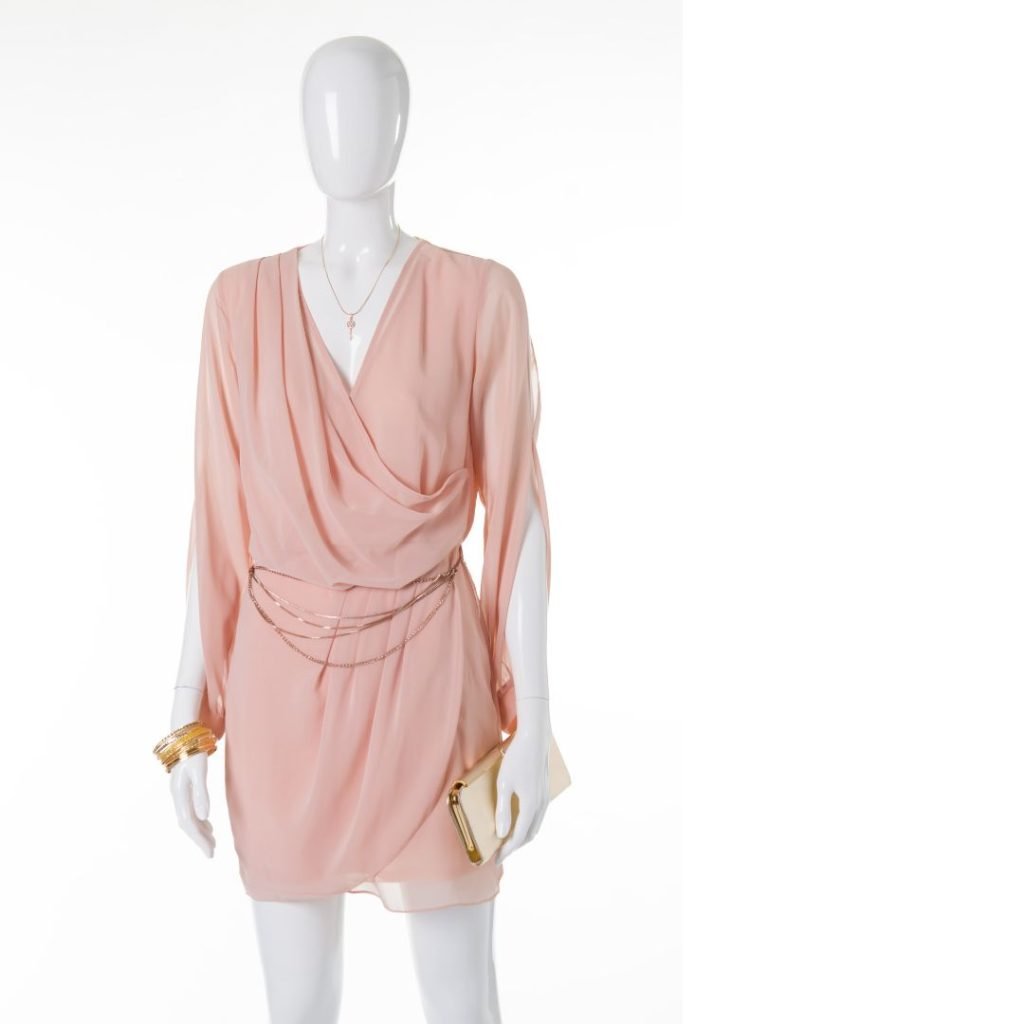
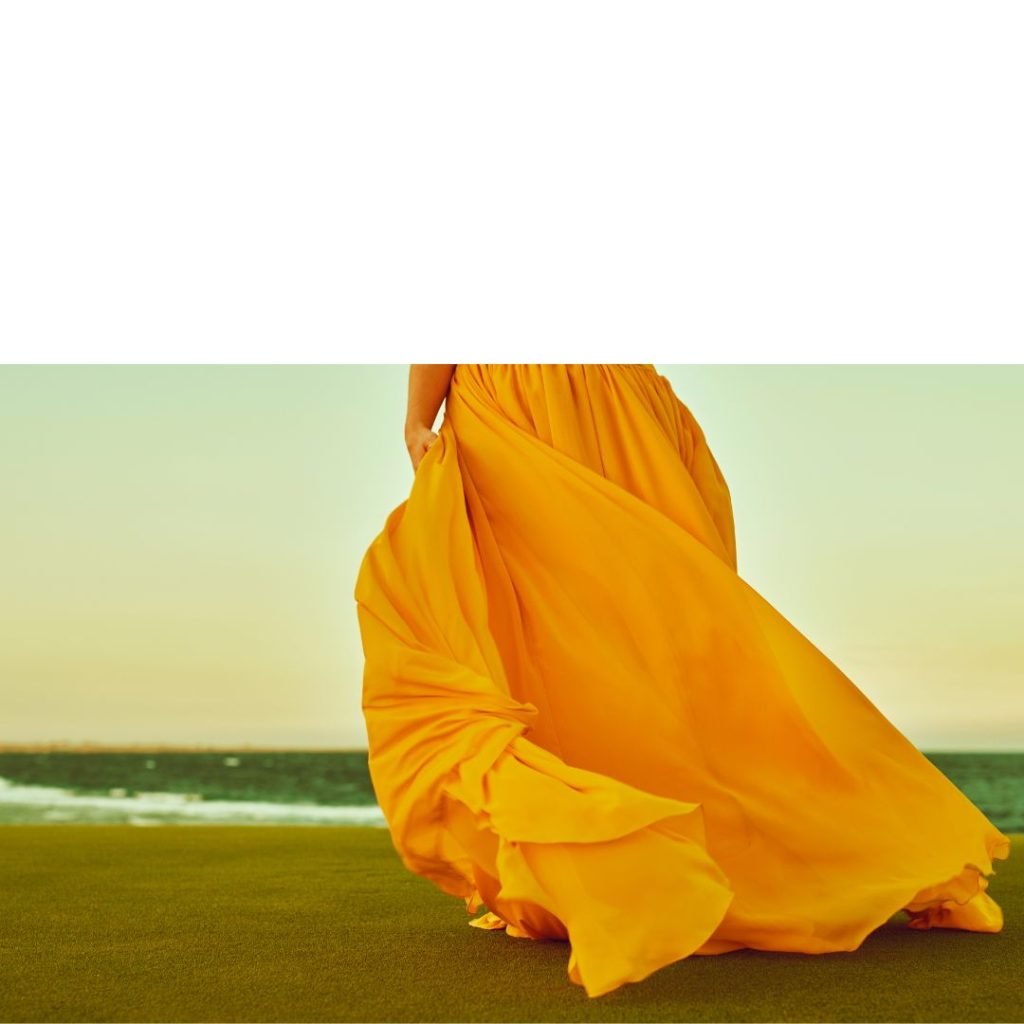
Chiffon is a lightweight and sheer fabric that is commonly used in women’s clothing and accessories. It is made from a variety of fibers, including silk, polyester, and nylon, and is prized for its delicate appearance and flowing drape.
Chiffon fabric is characterized by its lightweight and transparent texture, which is created by a plain weave and a high twist yarn. It is available in a range of colors and patterns, and can be easily dyed or printed.
Chiffon fabric is commonly used for women’s clothing such as dresses, blouses, and skirts. It is also used for scarves, shawls, and other accessories. Chiffon is particularly well-suited for formal and evening wear, as it has a graceful and elegant appearance.
One of the benefits of chiffon fabric is that it has a soft and flowing drape, which gives it a romantic and feminine look. It is also comfortable to wear, as it is lightweight and breathable.
Chiffon fabric requires special care, as it is delicate and can be easily damaged by rough handling or washing. It should be hand washed or dry cleaned, and should not be wrung or twisted when wet. Chiffon fabric can also be ironed on a low heat setting, but should be done with a pressing cloth to prevent damage to the fabric.
Satin
types of fabrics


Satin is a glossy and smooth fabric that is made from a variety of fibers, including silk, polyester, and nylon. It is characterized by its lustrous finish, which is created by a special weaving technique that produces a high number of floating threads on the fabric surface.
Satin fabric is available in a range of colors and finishes, including matte, semi-gloss, and high-gloss. It is commonly used for formal and special occasion wear, as well as for home decor.
Satin fabric is commonly used for clothing items such as dresses, blouses, and lingerie. It is also used for accessories such as scarves, handbags, and shoes In home decor, satin is often used for bedding, curtains, and upholstery.
One of the benefits of satin fabric is that it has a luxurious and elegant appearance, and feels soft and silky to the touch. It is also highly versatile and can be used for a range of applications, from casual to formal wear.
Satin fabric requires special care, as it can be easily damaged by water and rough handling. It should be hand washed or dry cleaned, and should not be wrung or twisted when wet. Satin fabric can also be ironed on a low heat setting, but should be done with a pressing cloth to prevent damage to the fabric.
Leather
types of fabrics
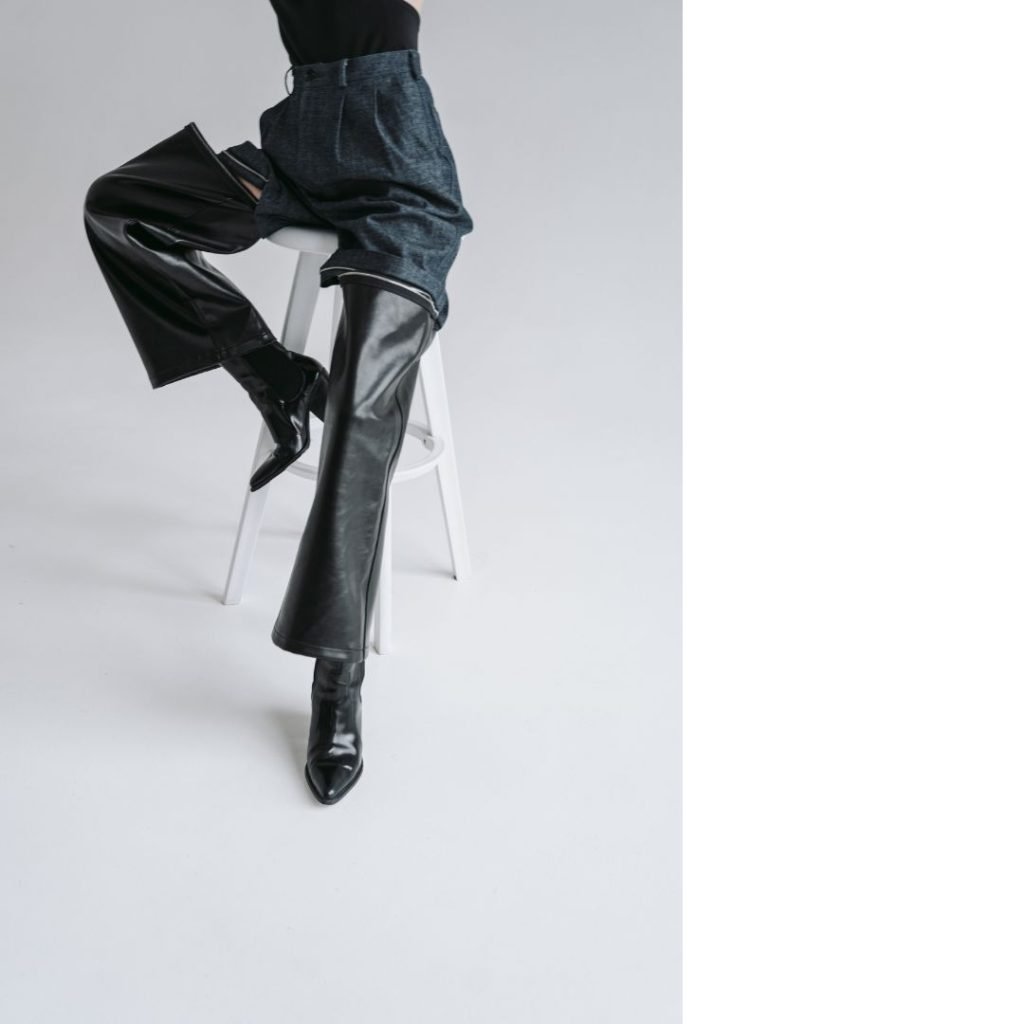
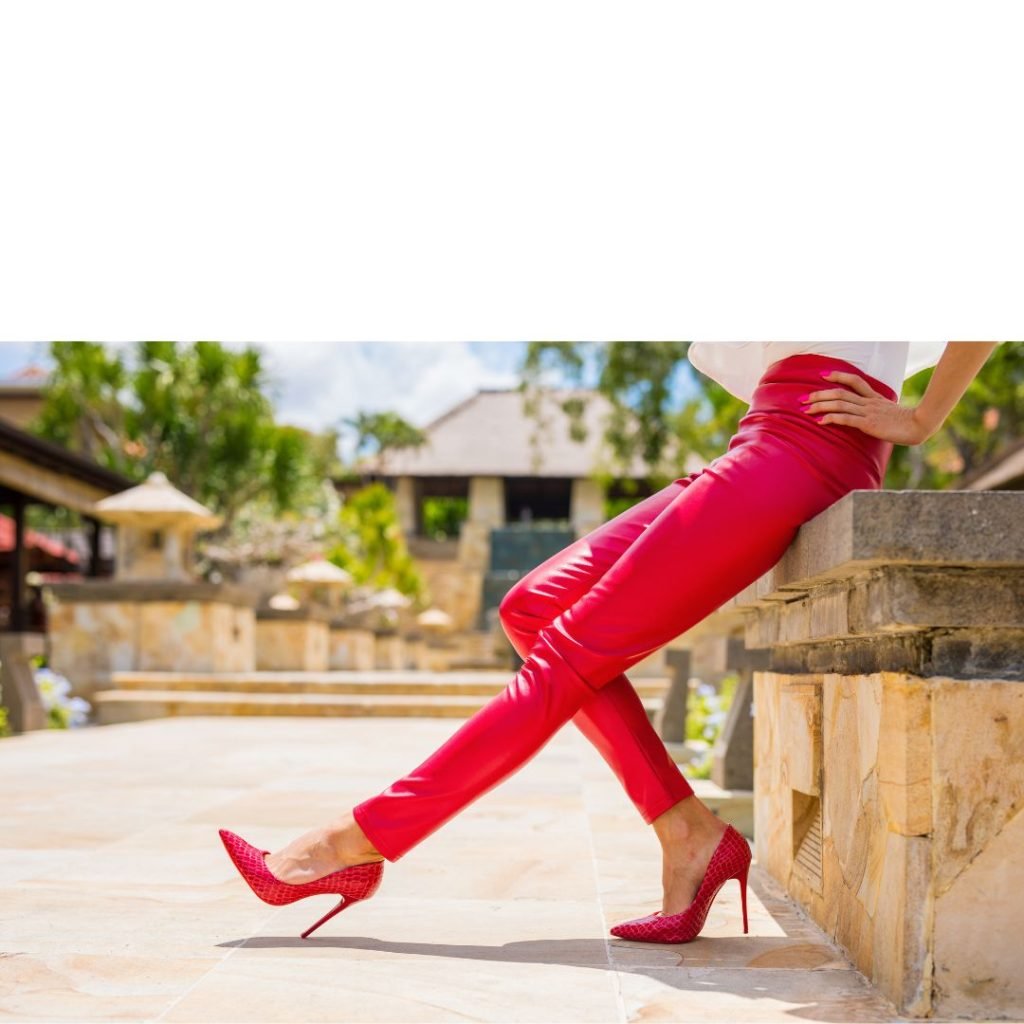
Leather is a material made from the skin of animals, typically cattle, sheep, or goats. It is a durable and flexible material that has been used for clothing, accessories, and furniture for thousands of years.
Leather is produced through a process called tanning, which involves treating the animal skin with various chemicals to make it more durable, resistant to water, and flexible. There are several types of leather, including full-grain, top-grain, and split leather, each with different characteristics and uses.
Leather is used in a variety of products, including clothing such as jackets, pants, and skirts, as well as accessories such as bags, wallets, belts, and shoes. It is also used in the furniture industry to make sofas, chairs, and other seating options.
Leather is prized for its durability, flexibility, and aesthetic appeal. It is a versatile material that can be dyed, embossed, and finished in various ways to create different textures and patterns. However, there is a growing concern about the ethical and environmental impact of the leather industry, as well as the treatment of animals used for leather production.
Tulle
types of fabrics


Tulle is a lightweight, fine netting fabric that is often used in formal wear, wedding dresses, and other types of high-end fashion. It is typically made from nylon, silk, or rayon fibers and can come in a variety of colors, from classic white to bright and bold hues.
Tulle is known for its delicate appearance, and its open weave gives it a soft and airy texture. It is often used to add volume and structure to garments, as well as to create layers and texture. It is commonly used in the construction of wedding dresses and other formal wear, as well as in ballet tutus and other dance costumes.
In addition to clothing, tulle can also be used in home decor, such as for drapery, table runners, and chair covers. It is also used in craft projects, such as for DIY wedding decorations and accessories.
Tulle can be sewn, glued, or layered to create different effects, and it can be embroidered, beaded, or adorned with sequins for added embellishment.
Jacquard
types of fabrics


Jacquard fabric is a type of woven textile that is characterized by intricate patterns and designs. It is woven on a jacquard loom, which allows for the creation of complex patterns and designs using multiple threads at once. Jacquard fabric can be made from a variety of fibers, including cotton, silk, wool, and synthetic fibers.
Jacquard fabric is often used in high-end fashion and home decor due to its intricate designs and high-quality appearance. It is commonly used in upholstery, curtains, and other home furnishings, as well as in clothing such as dresses, suits, and jackets.
One of the most distinctive features of jacquard fabric is its raised surface, which is created by the weaving process. This gives the fabric a luxurious and elegant look and feel. Jacquard fabric can be used in a variety of styles, from traditional to modern, and is available in a wide range of colors and patterns.
Some examples of popular uses for jacquard fabric include:
- Upholstery for furniture such as sofas and chairs
- Curtains and drapes
- Bedding such as duvet covers and pillowcases
- Clothing such as suits, dresses, and jackets
- Accessories such as handbags and shoes
In conclusion, understanding the various types of fabrics available is essential for anyone who works in fashion, home decor, or related industries. Each type of fabric has its own unique characteristics, uses, and advantages.
By choosing the right fabric for each project, designers and manufacturers can create beautiful, high-quality products that meet their customers’ needs and expectations.
From the durability and versatility of cotton, to the luxurious feel of silk, to the intricate designs of jacquard, there is a fabric to suit every style and purpose.
By exploring the different types of fabrics available, we can unlock a world of creative possibilities and bring our ideas to life.







